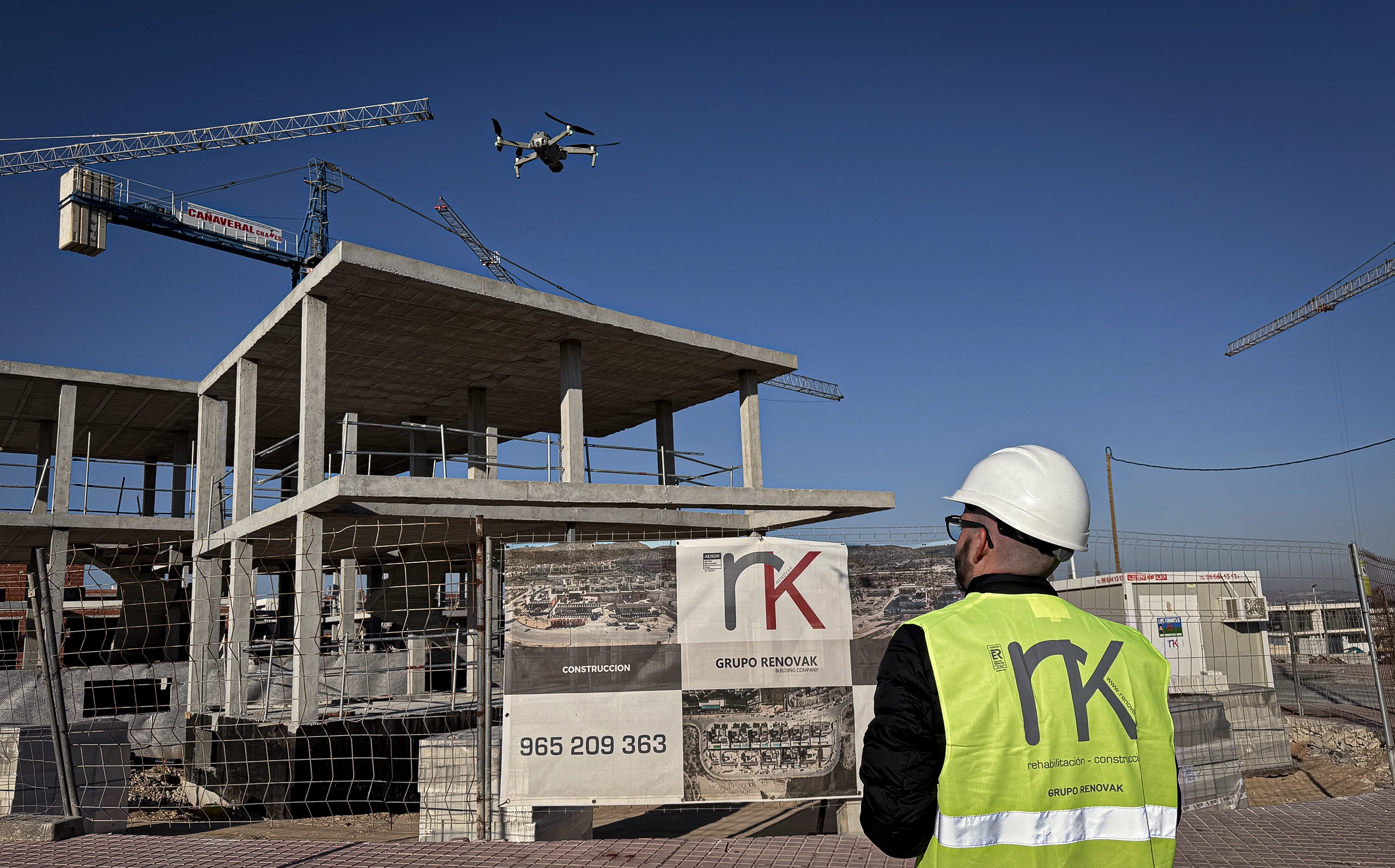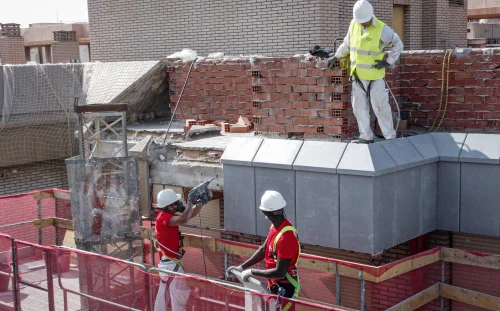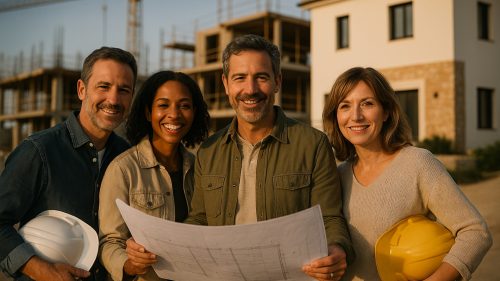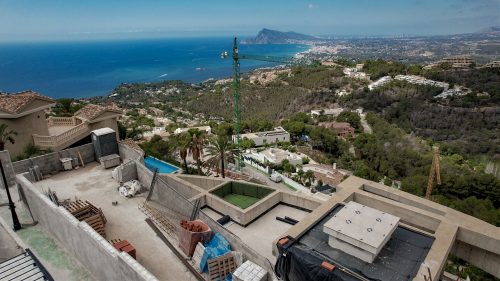Drones have become an indispensable tool in the control and mapping of construction and rehabilitation projects, offering detailed and precise aerial views that revolutionize the way projects are monitored and developed. Their ability to capture real-time images and data allows technicians (engineers and architects) and construction companies to make informed decisions and optimize construction processes.
This type of unmanned vehicle provides periodic aerial images that allow comparison of the actual construction progress with the planned one, ensuring that schedules are met. Additionally, it is used to ensure proper execution, assess the quality of structures, and detect cracks, leaks, or other damages that could affect the development of the project itself.
Similarly, through data analysis, drones help manage the distribution of materials and optimize resources at the construction site by quickly and accurately calculating, for example, volumes of materials or excavations, which aids in the economic control of the project.
Drones in construction are increasingly being used due to this series of advantages they offer in their applications:
1. Greater efficiency in project management: Drones allow the capture of high-resolution images and videos in real-time, facilitating site supervision. This enables project managers to make quicker and more accurate decisions.
2. Mapping and 3D modeling: Thanks to photogrammetry technology and LiDAR sensors, drones can generate detailed maps and three-dimensional models of construction sites, improving planning, progress tracking, and the detection of potential problems before they become critical failures.
3. Resource optimization: Drones can help identify areas where resources are being used inefficiently, avoiding inspections in hard-to-reach locations, optimizing their use, and reducing costs.
4. Improved safety: Drones eliminate the need for workers to conduct inspections in hazardous locations, such as elevated structures or unstable terrains. This minimizes the risks of workplace accidents and ensures a safer working environment.
5. Enhanced communication: The images and videos captured by drones can be used to communicate the progress of the project to various stakeholders, such as clients, investors, or the administration itself.
In summary, drones have become an essential tool in the supervision and mapping of construction projects, offering a detailed and precise aerial perspective that allows for the optimization of processes, improved safety, and cost reduction. At personalHOME, we are increasingly utilizing drones for their ability to capture real-time information and access hard-to-reach areas, making them an indispensable ally for any construction project.

